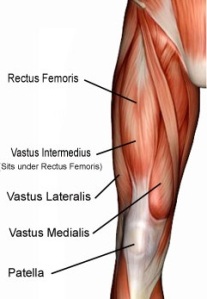At the Centeno Schultz Clinic we utilize a number of regenerative therapies which include bone marrow derived stem cells.
Regenexx utilizes a patient’s own bone marrow derived stem cells to treat common orthopedic conditions which include:
Knee osteoarthritis
Knee meniscus
Hip osteoarthritis
ACL injuries
Non-Union fractures of long bones.
Stem cells can be divided into two principal classes: autologous vs allogenic.
Autologous cells are a patient’s own stem cells. One individual is both the donor and the recipient
Allogenic cells are cells that are from someone else (here)
Artificial embryonic stem cells from natural cells are receiving increased attention. There are two principal methods to create artificial stem cells: IPSC(induced Pluripotent Stem Cells) and STAP (Stimulus-Triggered Acquisition of Pluripotency) which are discussed in Dr. Cenento’s video.











